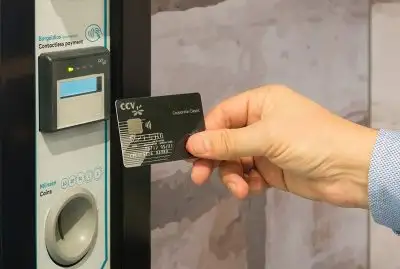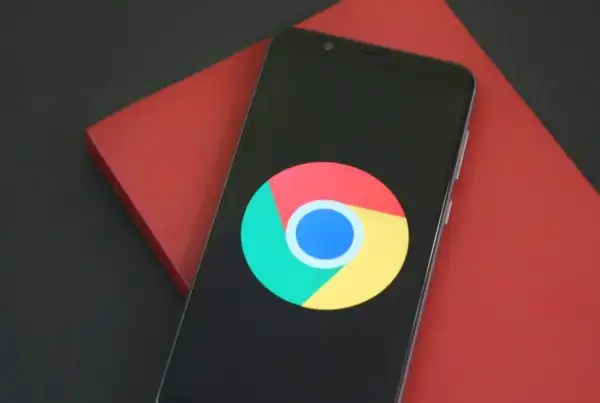Palo Alto based start up SnapTell have launched an innovative mobile marketing service called Snap.Send.Get that allows consumers to take photographs of any product, advertisement or logo that interests them and request information about the product or brand.
The new service is called Snap.Send.Get. As the name suggests, consumers can use their mobile handset to capture a photograph of a brand that interests them and send the picture to SnapTell via MMS. SnapTell use an image matching algorithm to compare the received picture with a set of brand images already stored in their database. On recognition of the image, SnapTell sends across image related content to the consumer. This information may be in the form of related WAP links, videos, games or ring tones.
Turning Every Mobile Camera into a Marketing Tool
Any mobile phone with a camera can be used with SnapTell, irrespective of the optical resolution. The subject of the photograph can range from logos, posters, billboards, magazine print ads, product packaging and even bottles and branded cans. Users don’t even need to install additional software. The Snap.Send.Get algorithm employs sophisticated text extraction technology to recognise text in the image and uses the extracted text to search for relevant information.
Gautam Bhargava, Co-founder and CEO of SnapTell believes that Snap.Send.Get will enable brands to reach out to consumers who are on the go. According to Gautam, “The Snap.Send.Get solution simply uses existing packaging or collateral materials to create a personalized marketing experience that is fun and easy-to-use for the consumer.”
SnapTell have also announced a partnership with mobile’s content distribution services/technology provider iLoop. iLoop will offer SnapTell’s mobile marketing service to clients using their mFinity platform.
Will It Really Work?
While the premise of the service sounds good, it faces two major obstacles:
- It relies on consumers sending MMS messages, which is more expensive than SMS. The returned information would therefore need to be really special in order to justify the cost of sending an MMS message.
- It is untested in the real world – if consumers actually start sending random product logos or poor quality photographs with multiple subjects and hope to get back information, there is a good chance that the service will not work quite as well, leading to consumers getting frustrated with the brand.
If, on the other hand, the product does improve on the drawbacks of its predecessor, Qode, Snap.Send.Get could create an effective new means for brands to interact with consumers at various stages of the buying cycle.









